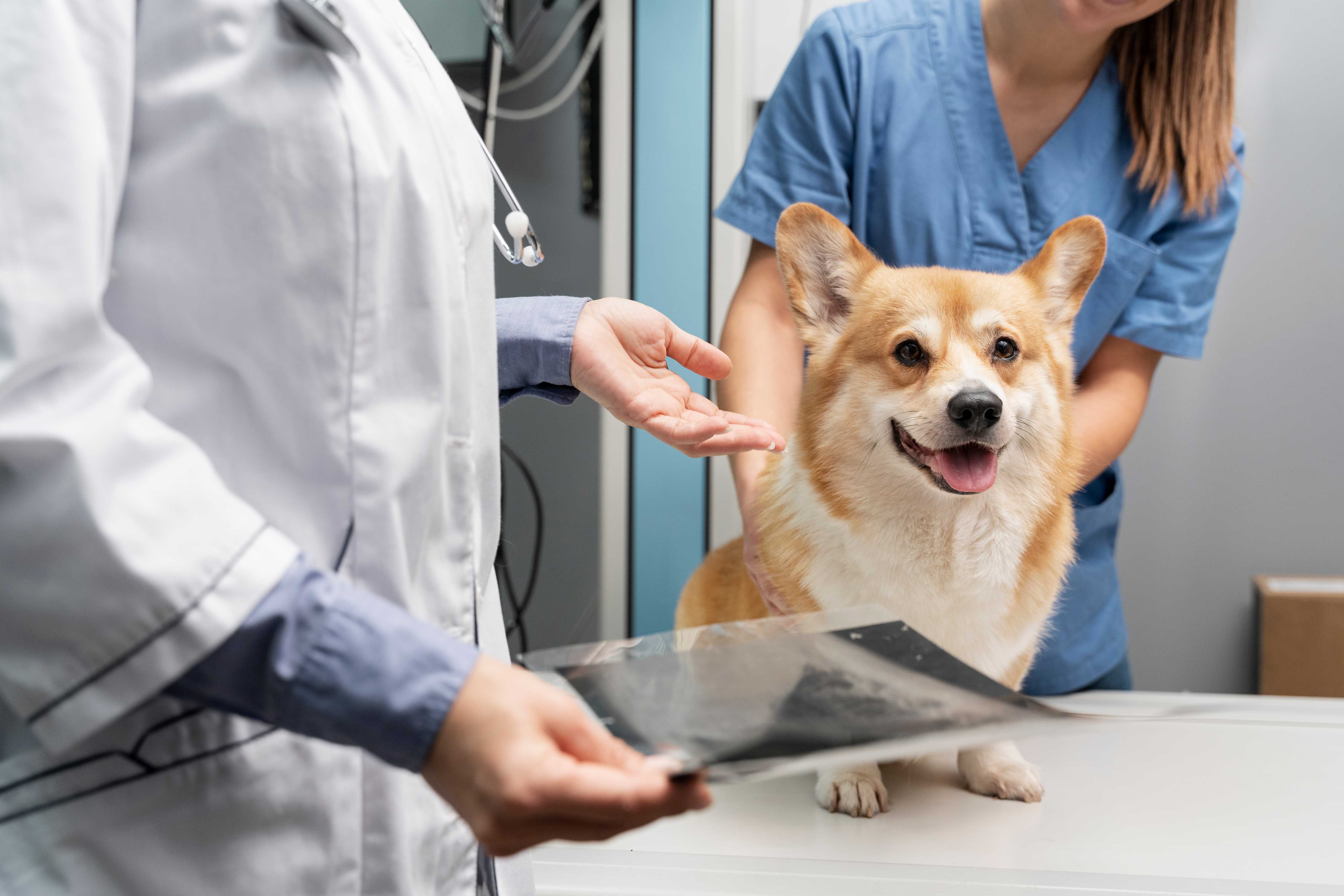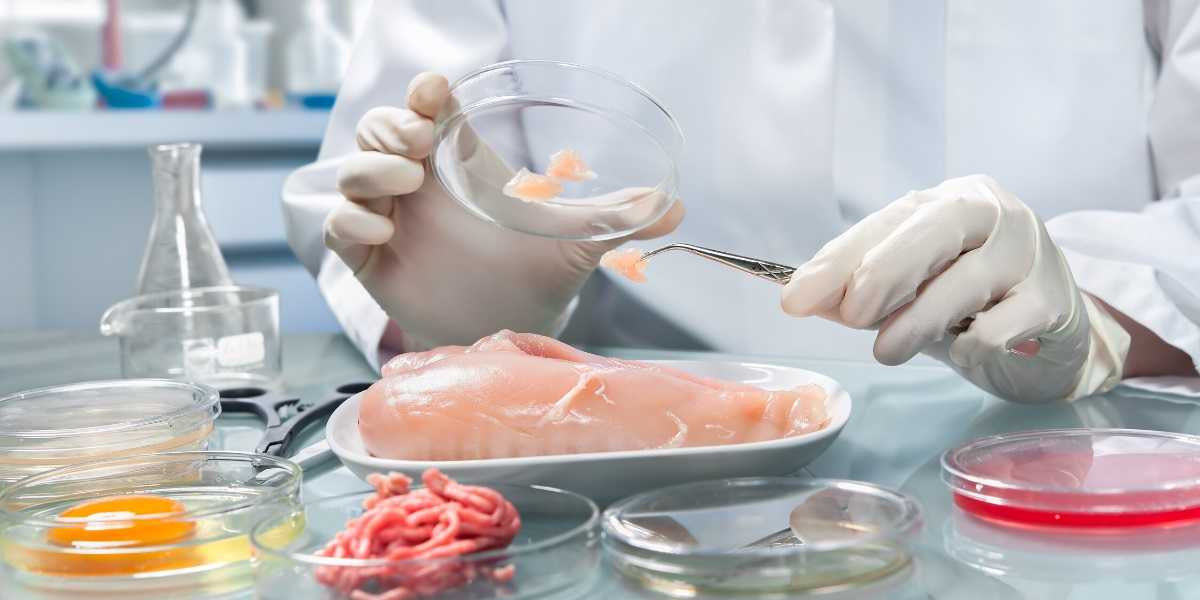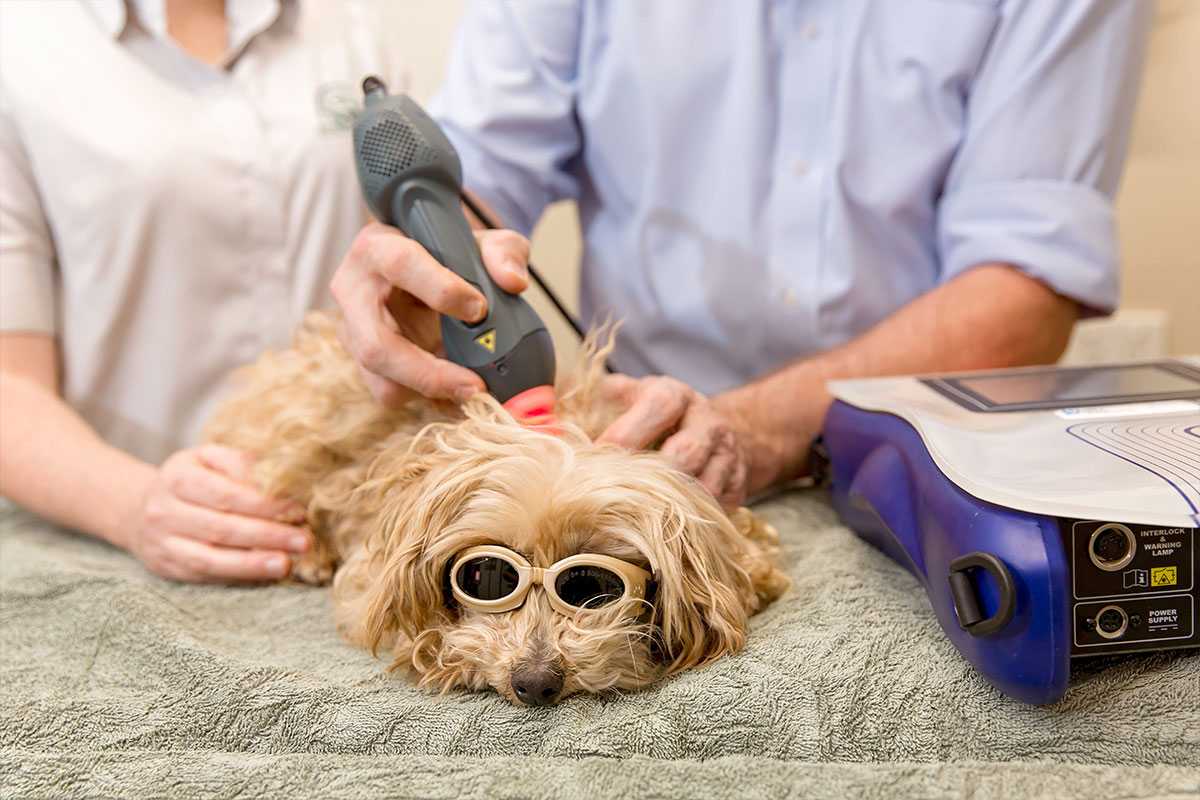
Blog
The Importance of Veterinary Vital Signs Monitors
With animals, surveillance is important for their survival and well-being. Monitoring helps to improve the consistency of the surgical outcome, thereby improving the quality of data obtained from each animal. Anesthetics induce depression of the central nervous system, cardiovascular and respiratory system in animals, and temperature regulation is also inhibited in many species, causing hypothermia and related cardiac and respiratory changes. Thus, monitoring vital signs such as heart rate, core body temperature, and respiratory rate are critical to animal welfare, especially to ensure survival and rapid recovery after surgery. Due to the importance of monitoring vital signs, several manufacturers are releasing innovative veterinary monitoring equipment.

The importance of QC in food industry
The food industry deals with very sensitive products. This is one of the main reasons why maintaining quality standards and meeting quality requirements is imperative for actors in the food industry. When it comes to food products, most of us tend to regularly buy the same brand that we think is of good quality and meets our expectations. Also, in the case of companies in this sector, even a small incident where the quality of the products has been compromised could tarnish the brand image. Consequently, the reputation of the company could collapse.
This is why proper quality control measures are a must for food brands. Quality control (QC) is a reactive process that aims to identify and rectify defects in finished products. It can be achieved by identifying and eliminating the sources of quality problems to ensure that customer requirements are continuously satisfied. It involves the inspection aspect of quality management and is usually the responsibility of a specific team, an agro-food laboratory, which are responsible for testing and detecting any flaws.

The laser, a therapy in full radiation
The use of laser therapy in small animal patients has increased in recent years. In veterinary medicine, the use of laser treatment consists of applying electromagnetic radiation which can be absorbed up to 6 cm deep into the tissues of the animal. The power and the wavelength of this radiation have a key role in the effectiveness of the treatment of the animal. During a session, the animal does not feel any pain, simply a slight beneficial heat with some tingling.
The top 6 conditions for which laser therapy is most used:
-
Treat osteoarthritis
-
Accelerate the healing of wounds including licking wounds
-
Ease the pain
-
Create an anti-inflammatory effect
-
Treating feline gingivitis
-
Treat tendonitis and many other cases!
With this therapy, results can be visible from the first sessions!

